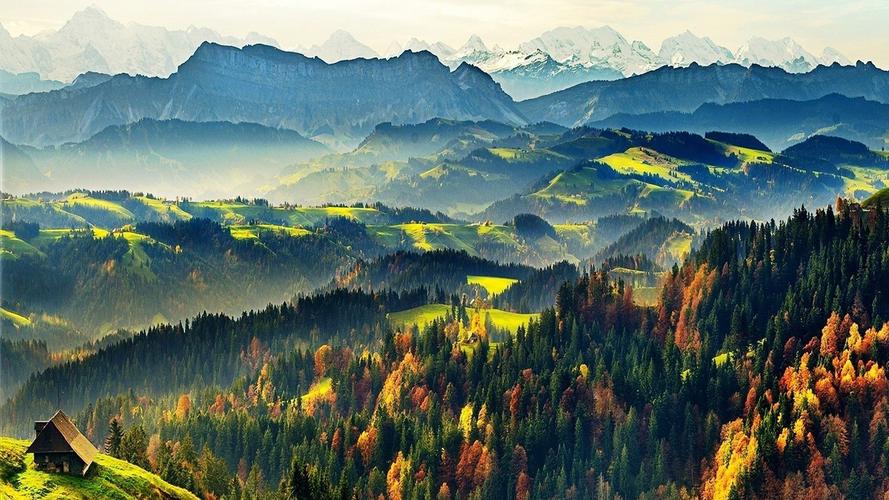Discovering the Prettiest Person in the World: A Journey Through Beauty Standards
Beauty standards are constantly changing, but despite this constant evolution, millions of people around the world are still searching for the “prettiest” person. Beauty standards can influence people’s perceptions, behavior, and self-esteem, leading to a desire to conform to these standards. In this article, we’ll take a journey through beauty standards, looking at their impact on society, culture, and media.
The Evolution of Beauty Standards
Beauty standards in history were often dictated by socio-economic factors. For example, in the Victorian era, a plump figure was seen as a sign of wealth and health. In contrast, in more recent times, thinness has become more fashionable. Beauty standards have also changed based on geographic location, with some cultures valuing pale skin, and others favoring a tan complexion.
Today’s beauty standards are heavily influenced by media and pop culture. The media often promotes a narrow definition of beauty, which can lead to body shaming and feelings of inadequacy for those who don’t fit the mold. The rise of social media has added to the pressure of fitting into these standards, with filters and editing tools only adding to the unrealistic expectations.
The Impacts of Beauty Standards on Society
The impact of beauty standards on society is immense. For example, the beauty industry is estimated to be worth $532 billion globally, demonstrating the power of this standard. It’s not just the industry, beauty standards can also impact personal relationships and career prospects. Research has shown that physical attractiveness can lead to higher pay and better job prospects, even though this has nothing to do with skills or qualifications.
Even children are subjected to beauty standards. Dolls marketed towards young girls often portray an idealized version of beauty, leading to self-esteem issues and feelings of inadequacy in those who don’t match up to this preconceived notion.
Breaking Down Beauty Standards
It’s important to acknowledge that there is no one definition of beauty, and that everyone deserves to feel confident and comfortable in their own skin. Fortunately, there are movements and initiatives aimed at breaking down beauty standards and promoting diversity. Brands are increasingly using models of varying sizes, skin tones, and ages, and there has been a rise in influencers and content creators promoting body positivity and self-love.
Real beauty is much more than just physical appearance. It includes personality traits, individuality, and confidence. It’s important for individuals and society as a whole to challenge and question narrow definitions of beauty, work towards creating a more inclusive society, and embrace diversity.
The Takeaway
Beauty standards have had a significant impact on society, culture, and media. However, as we move towards a more inclusive and diverse society, it’s important to promote and celebrate all forms of beauty. Breaking down beauty standards involves challenging the unrealistic expectations placed on individuals and promoting self-love and body positivity. Let’s embrace our unique qualities and redefine what it means to be beautiful.
(Note: Do you have knowledge or insights to share? Unlock new opportunities and expand your reach by joining our authors team. Click Registration to join us and share your expertise with our readers.)
Speech tips:
Please note that any statements involving politics will not be approved.
